Without oil in your vehicle's engine, it would not be able to run. That's why most vehicles have a remaining oil life indicator, but what exactly does it mean? Let's take a look below.
The remaining oil life indicator is a system that keeps track of how long the oil has been in use and will let you know when it needs to be changed. The system works by tracking the amount of time and mileage the engine has run since the last oil change.
Keeping track of the oil life indicator is important as it will help prevent any engine damage that may occur from not changing the oil on time. In this article, we will explain how the remaining oil life indicator works and why it is important. In addition, we will answer other frequently asked questions about engine oil, so keep reading!
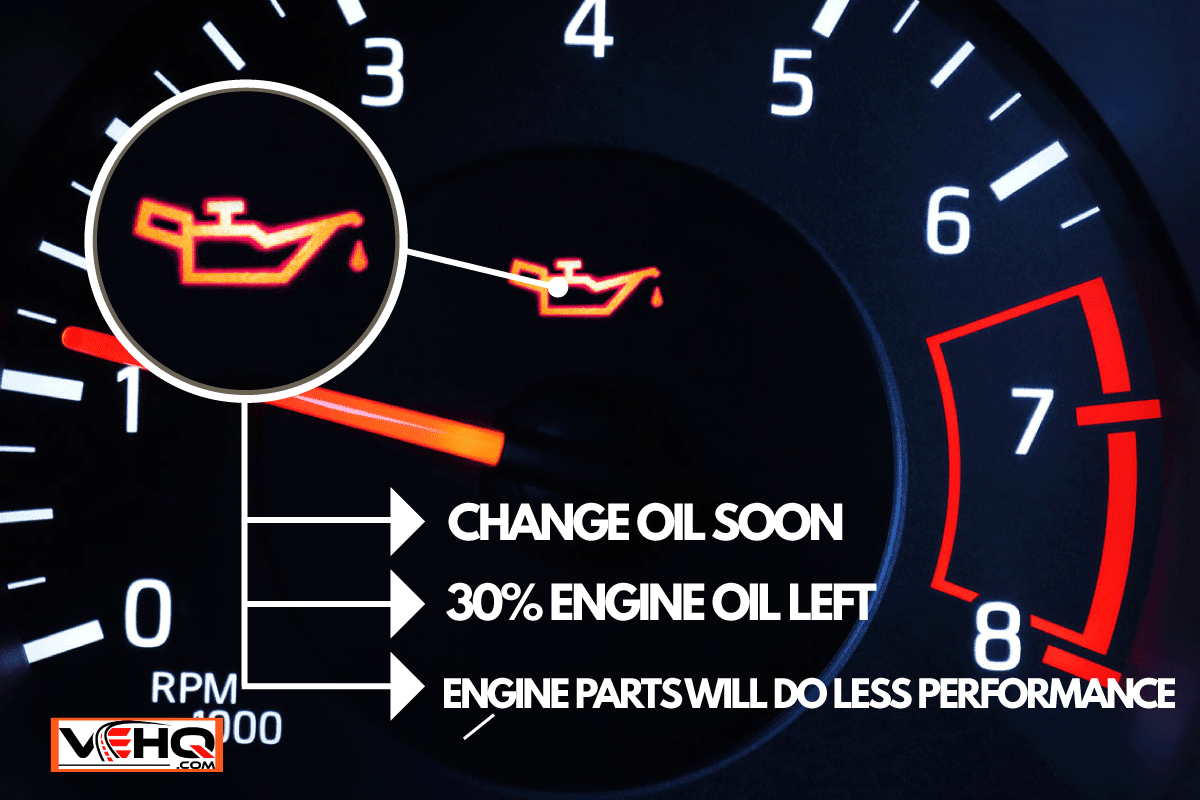
Is the remaining oil life indicator important?
Oil plays a significant role in the function and performance of an engine. In fact, it can be said that it is the lifeblood of the engine.
The oil helps to lubricate and cool the engine parts and clean and protect them from corrosion. Over time, however, the oil will break down and become less effective at performing these functions.
This is why it is important to change the oil regularly, as per the recommendation of the manufacturer.
If the oil is not changed on time, it can cause the engine parts to wear out prematurely, leading to expensive repairs.
The system works by tracking the amount of time and mileage the engine has run since the last oil change. When the engine starts for the first time after an oil change, the indicator will be reset to 100%. When the remaining oil indicator gets to 30%, it means that it only has 30% life left and needs to be changed soon.
While this is a helpful system, it is important to remember that it is only an estimate. The actual lifespan of the oil will depend on a number of factors, such as:
- the type of oil used
- the driving conditions
- the make, model, and age of the vehicle
It is always best to consult with the manufacturer or a qualified mechanic to estimate when the oil needs to be changed.
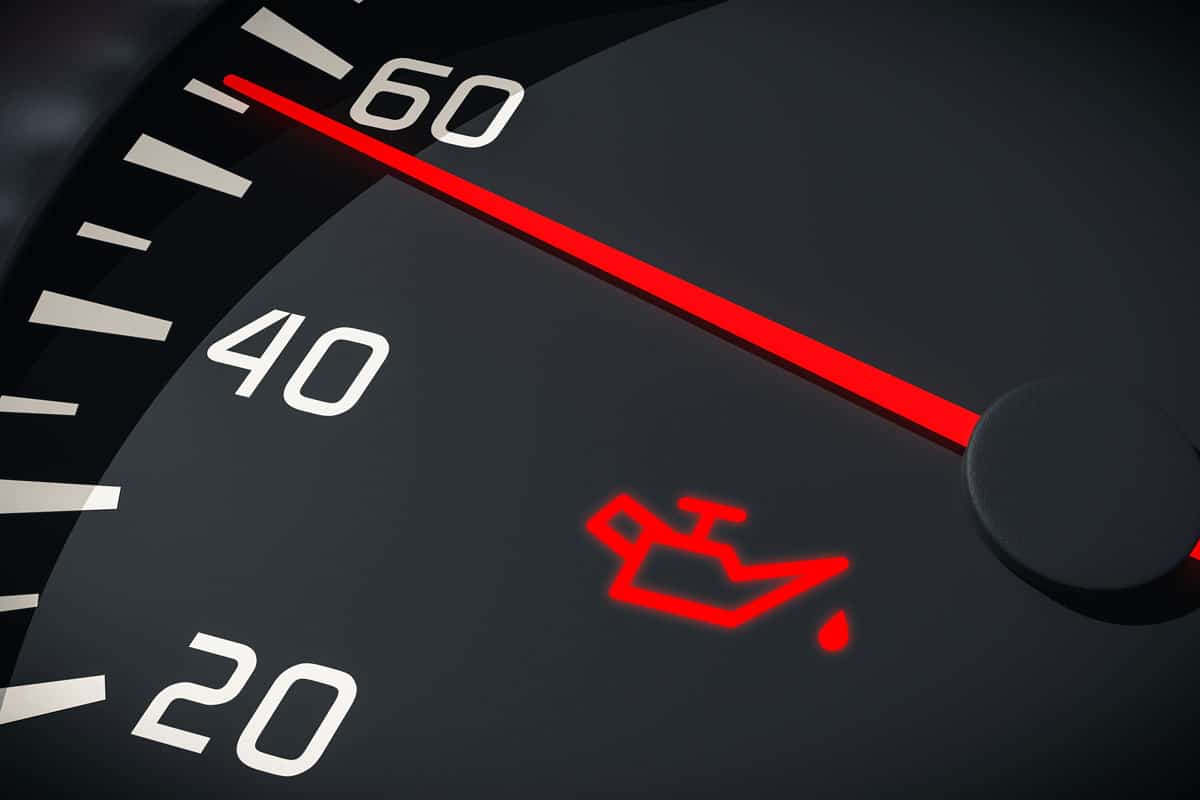
Can I drive with 0% oil life?
Technically, you can drive with 0% oil life, but we do not recommend it.
Remember, the oil is responsible for lubricating and cooling the engine parts. If there is no oil in the engine or not enough oil, then the engine parts will start to rub together and generate heat.
This can cause serious damage to the engine and may even lead to an engine seizure. So, while you can technically drive with 0% oil life, it is not advisable to do so.
If you find yourself in this situation, the best course of action would be to get the oil changed as soon as possible.
Can I reset the remaining oil life indicator?
Yes, you can reset the remaining oil life indicator if you change the oil yourself. If you took your vehicle to a professional for an oil change, they would likely reset the indicator.
To reset the indicator, you will need to consult your owner's manual, as the process can vary depending on the make and model of your vehicle.
In most cases, it is a relatively simple process that can be done in a matter of minutes.
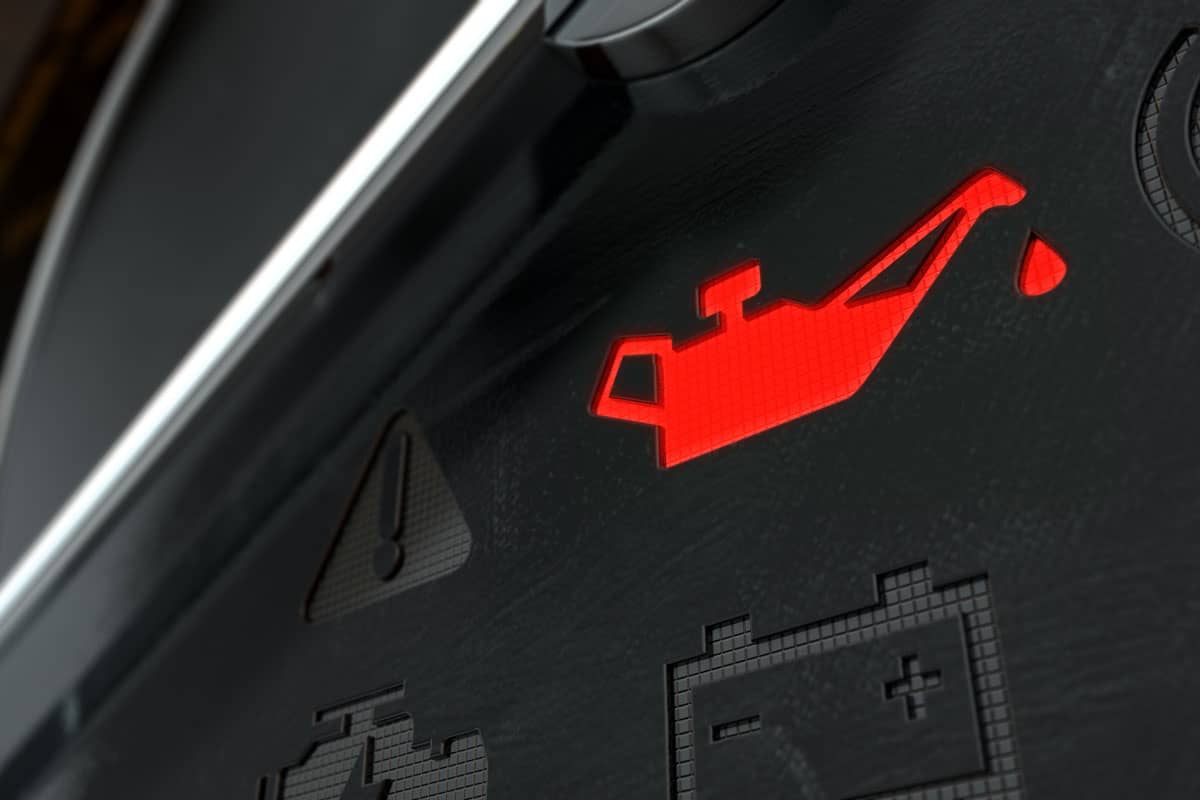
Why did my oil life indicator go down so quickly?
There are a few reasons why your oil life indicator may have gone down quickly.
The first reason is that you may have driven more miles than usual. Remember, the system tracks both time and mileage, so if you've put more miles on your vehicle than usual, then it is to be expected that the indicator will go down quicker. In addition, if most of the miles you drive are in the city, then your oil will life will go down faster.
The second reason is that you may have been driving in particularly harsh conditions. For example, if you've been driving in very hot or cold weather or on dusty or muddy roads, this can cause the indicator to go down quicker.
Lastly, it is possible that there is a problem with the system itself. If you suspect that this is the case, then the best course of action would be to take your vehicle to a qualified mechanic for further diagnosis.
If you feel as if there is an issue with your vehicle, it is always best to err on the side of caution and get it checked out as soon as possible.
What are the factors that affect the lifespan of engine oil?
As we mentioned above, there are a number of factors that can affect the lifespan of engine oil. These include:
Type of oil used
Different types of oils are available, such as synthetic, semi-synthetic, and conventional. Of these, synthetic oil is known to last the longest. Conventional oil is less expensive, but you will have to get your oil changed more frequently.
Driving conditions
If you regularly drive in stop-and-go traffic or in extreme weather conditions, this can shorten the lifespan of the oil. For example, hot weather can cause the oil to break down faster, while cold weather can make it thicker and less effective. So, the viscosity of oil you should use will depend on your climate.
Make and model of the vehicle
Some vehicles are designed to run on synthetic oil from the factory, while others require conventional oil. For example, a majority of high-performance cars will require synthetic oil. This is because it can withstand the higher temperatures and stress that is put on the engine.
Age of the vehicle
A newer vehicle will likely have a longer oil life than an older one. That's because newer engines are designed to be more efficient and run at lower temperatures. In addition, a lot of high mileage vehicles are more susceptible to leaking oil, which will cause the oil to degrade faster.
How often should the oil be changed?
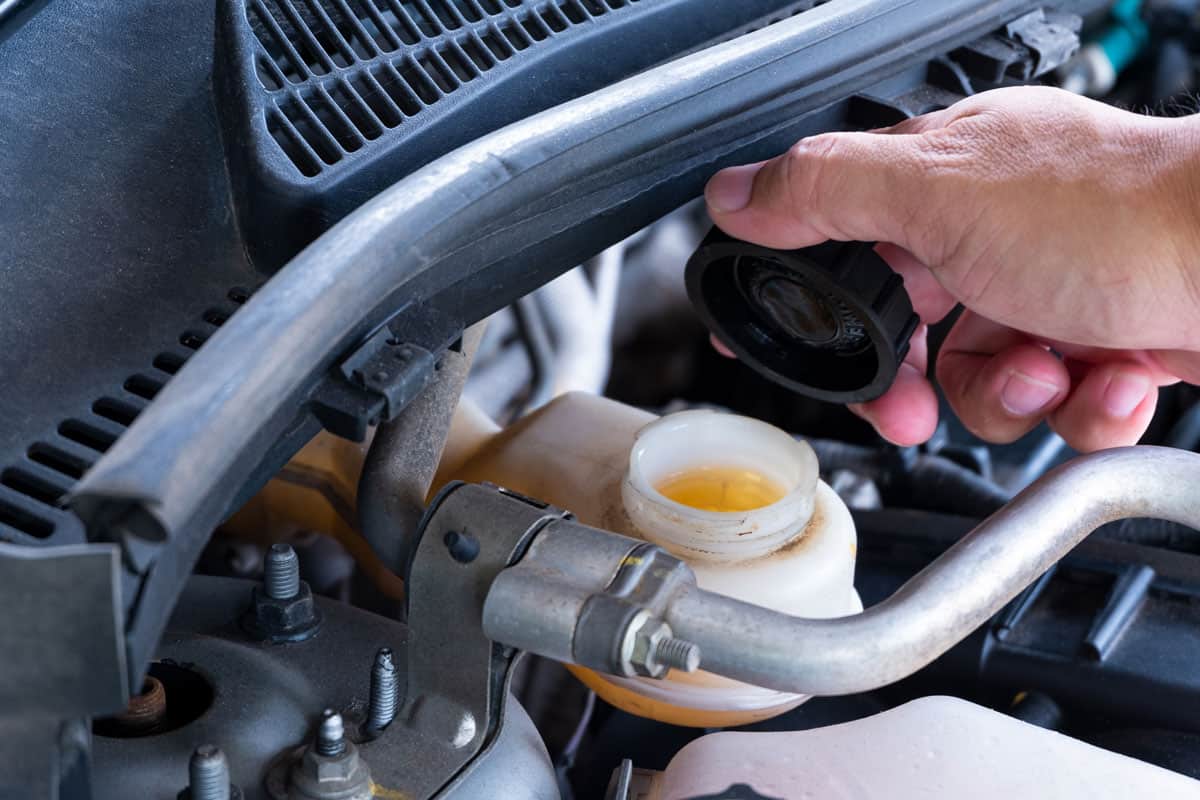
The factors above will affect how often you need to change your oil. If you use synthetic oil and drive in stop-and-go traffic, you will need to change it more frequently than someone who uses conventional oil and drives on the highway.
For example, most vehicles that run on synthetic oil will need an oil change every 7,500-10,000 miles, or every six months. In comparison, conventional oil is typically changed every 3,000-5,000 miles, or every 3 months.
What is the difference between synthetic and conventional oil?
Synthetic oil is designed to last longer than conventional oil. That's because it is made of man-made materials designed to withstand higher temperatures and stress. In addition, synthetic has detergents that help keep the engine clean, while conventional oil does not.
In addition, synthetic oil is less likely to break down or degrade over time. This means that it can last up to five times longer than conventional oil.
On the other hand, conventional oil is made of crude oil that has been refined. Therefore, while it is not as durable as synthetic oil, it is less expensive.
If your owner's manual recommends a certain type of oil, it is best to use that type to prolong the life of your engine.
If you use the wrong viscosity or oil type, it can cause problems with your engine. For example, using a high viscosity oil in cold weather can cause the oil to sludge.

What are the signs that it's time for an oil change?
There are a few signs that it's time for an oil change. One is if the "change oil" light on your dashboard comes on. This light is usually triggered when the vehicle has driven a certain number of miles since the last oil change.
Another sign is if the oil looks dirty or has particles in it. This could mean that it has been contaminated with dirt, dust, and other particles. You will have to use the dipstick to observe this.
If the oil smells burnt, this is also a sign that it needs to be changed. This can happen if the oil is old or has been used for too long.
Finally, if your engine is making strange noises, this could be a sign that the oil is not lubricating the engine properly.
If you notice any of these signs, it's important to get an oil change as soon as possible.
Final Thoughts
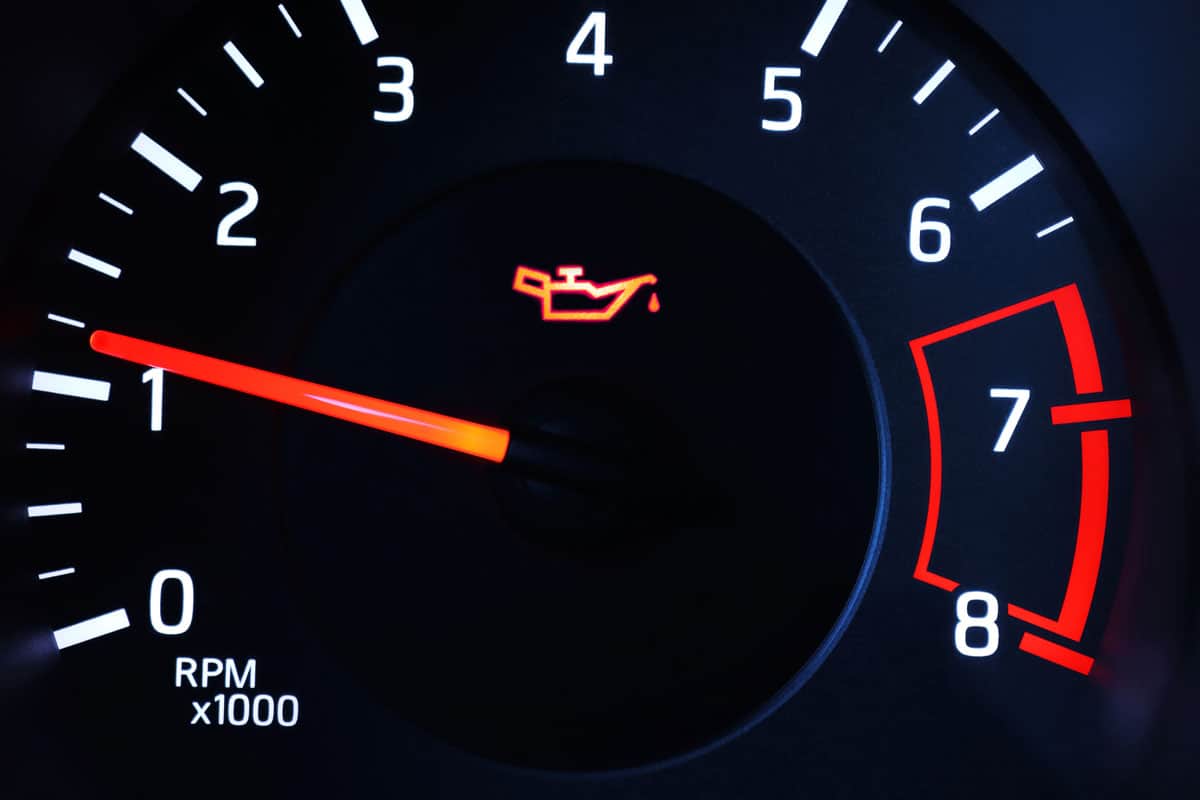
The remaining oil life indicator is a great way to know when you need an oil change. However, it is not always accurate. Therefore, consumers should still manually check their oil levels and color regularly.
Want to know more about your vehicle's oil? Here are other articles you might find helpful:
